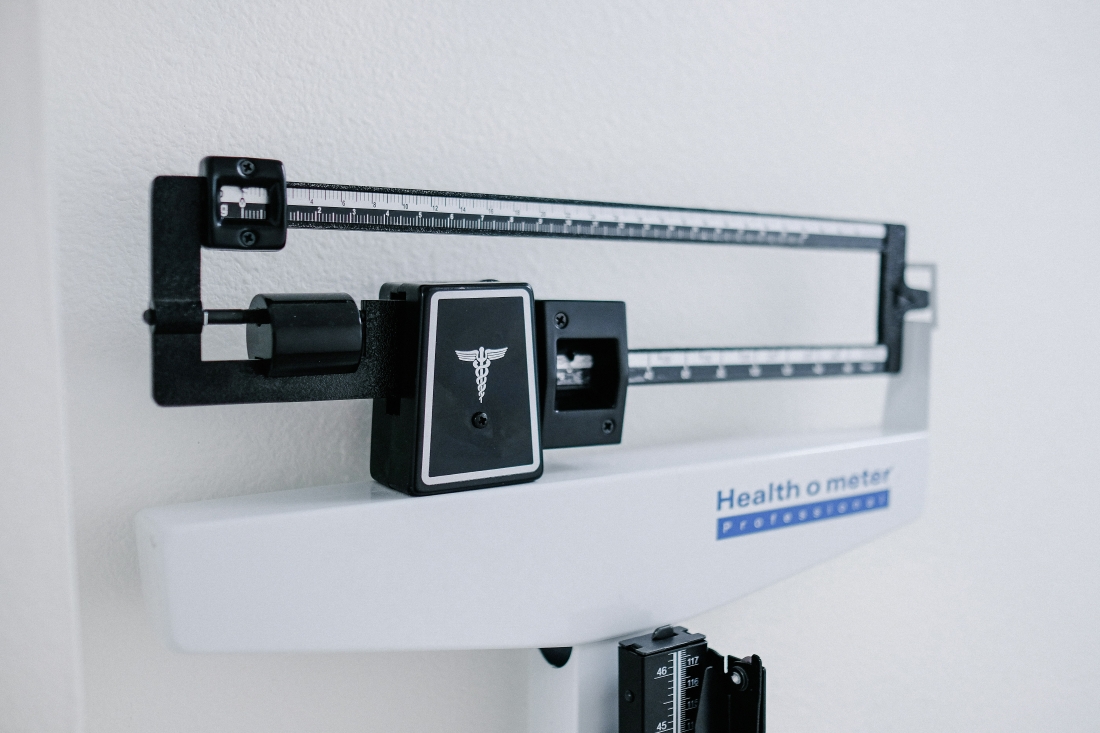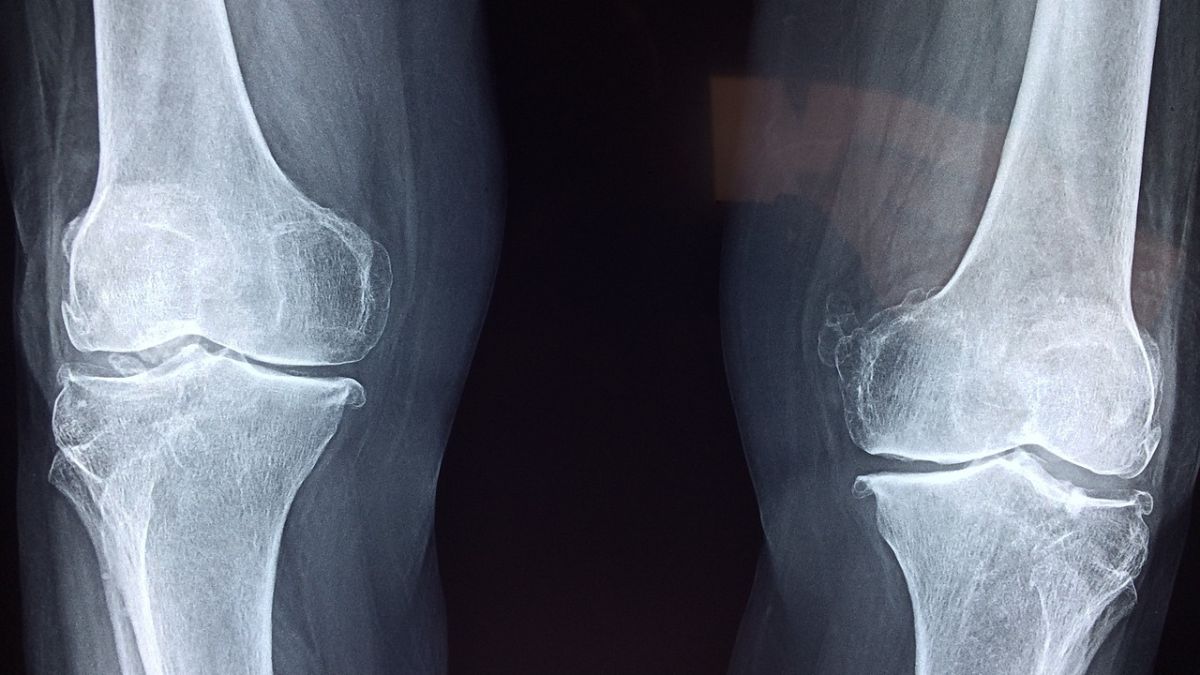(two conditions that are often misdiagnosed as carpal tunnel syndrome) Affects millions, carpal tunnel syndrome (CTS) is usually. When the median nerve in the wrist is under pressure, the hand feels numb, tingle, and weak. Still, two conditions sometimes mistaken for carpal tunnel syndrome can imitate its symptoms and cause wrong therapy and extended agony. Accurate diagnosis and successful therapy depend on one’s ability to identify these circumstances.
1. Spinal impersonator: Cervical radiculopathy.
Often confused with CTS, cervical radiculopathy is often called a flanked nerve in the neck. Nerve root compression in the cervical spine from herniated discs, bone spurs, or spinal degeneration causes it.
symptoms akin to those of carpal tunnel syndrome
- Tingling and numbness in the hands and fingers
- Weakness in grip of hand
- Pain traveling from the neck to the arms and hands.
- Growing unease with neck motions
How to distinguish it is:
CTS symptoms affect multiple fingers or the whole arm, unlike those of cervical radiculopathy which further reach beyond the wrist. Regarding carpal tunnel syndrome, neck movements also worsen the pain, which is unusual.
Evalutaion and therapy
To verify nerve compression in the cervical spine, a doctor may suggest an MRI or CT scan. Therapy comprises:
- physical treatment
- Anti-inflammatory drugs
- epidural steroid injections.
- For very bad cases, surgery
2. Thoracic Outlet Syndrome: Source a circulatory and nerve issue
Another disorder often confused with CTS is thoracic outlet syndrome (TOS). It happens when nerves or blood vessels in the thoracic outlet zone, which is located between the first rib and the collarbone, get squeezed.
Symptoms Similar to Carpal Tunnel Syndrome
- Fingers numb and tingling.
- not great hand strength or grip
- Ache in the neck, shoulder, and arm.
- Cold or discolored digits from lousy circulation
How to differentiate
Contrary to Carpal Tunnel Syndrome, symptoms of thoracic outlet syndrome deteriorate with repetitive shoulder activity or when the arms are lifted overhead. Vascular compression can also lead to altered skin color or temperature in some people.
Diagnosis and Therapy
For doctors to determine TOS, they could use:
- physical check with tests of arm movement
- doppler sonography for blood flow assessment
- structural problems to be found with MRI or CT imaging
Treatment includes:
- Physical therapy together with postural adjustment helps.
- Pain control using medicine
- Severe cases surgery
The Causes of Misdiagnosis
Several components help misdiagnose two disorders frequently confused for carpal tunnel syndrome:
- Symptoms that overlap both disorders exhibit nerve related symptoms together with CTS.
- Some physicians perform just wrist related tests without analyzing the spine or thoracic outlet, therefore causing physical examinations.
- Many CTS cases are diagnosed based on symptoms alone without MRI, CT, or nerve conduction studies,
- Many people believe they have CTS without first considering other options.
The Value of a Correct Diagnosis
Unneeded procedures, including wrist splints, corticosteroid injections, or surgery, which may not tackle the underlying cause could result from a misdiagnosis. Asking for imaging studies, getting a second opinion, and seeing a specialist will all help to improve therapy results.
Key takeaways
- Nerve compression in the spine affects the arm and hand, so anteau radiculopathy results.
- Compression of nerves and blood vessels by thoracic outlet syndrome causes circulation problems and hand numbness.
- Correct identification is critical since both ailments call for other treatments than does CTS.
- Patients with symptoms extending beyond the wrist or deteriorating neck and shoulder movement should seek advice from a specialist.
FAQS: two conditions that are often misdiagnosed as carpal tunnel syndrome
2. What diagnostics ascertain these diseases?
By nerve conduction tests, MRIs, CT scans, or Doppler ultrasounds, physicians can spot nerve compression or vascular problems resembling CTS.
3. Is home treatment possible for carpal tunnel syndrome?
Wrist splints, ergonomic changes, and antiinflammatory drugs can help moderate CTS cases. But a medical examination is needed should symptoms endure.
4. Could cervical radiculopathy be cured along with thoracic outlet syndrome?
Yes, both situations can typically be treated with pain management, good posture, and physical therapy. Really bad instances may call for surgical treatment.
6. If my carpal tunnel therapy does not help, what actions should I undertake?
If standard therapy for CTS—splints, injections, or surgery—does not help, get a second opinion and request imaging scans to look for thoracic outlet syndrome and cervical radiculopathy.
By understanding two conditions that are often misdiagnosed as carpal tunnel syndrome, patients can seek accurate diagnoses and receive proper treatment. If symptoms extend beyond the wrist or worsen with specific movements, consulting a specialist is the best course of action.





